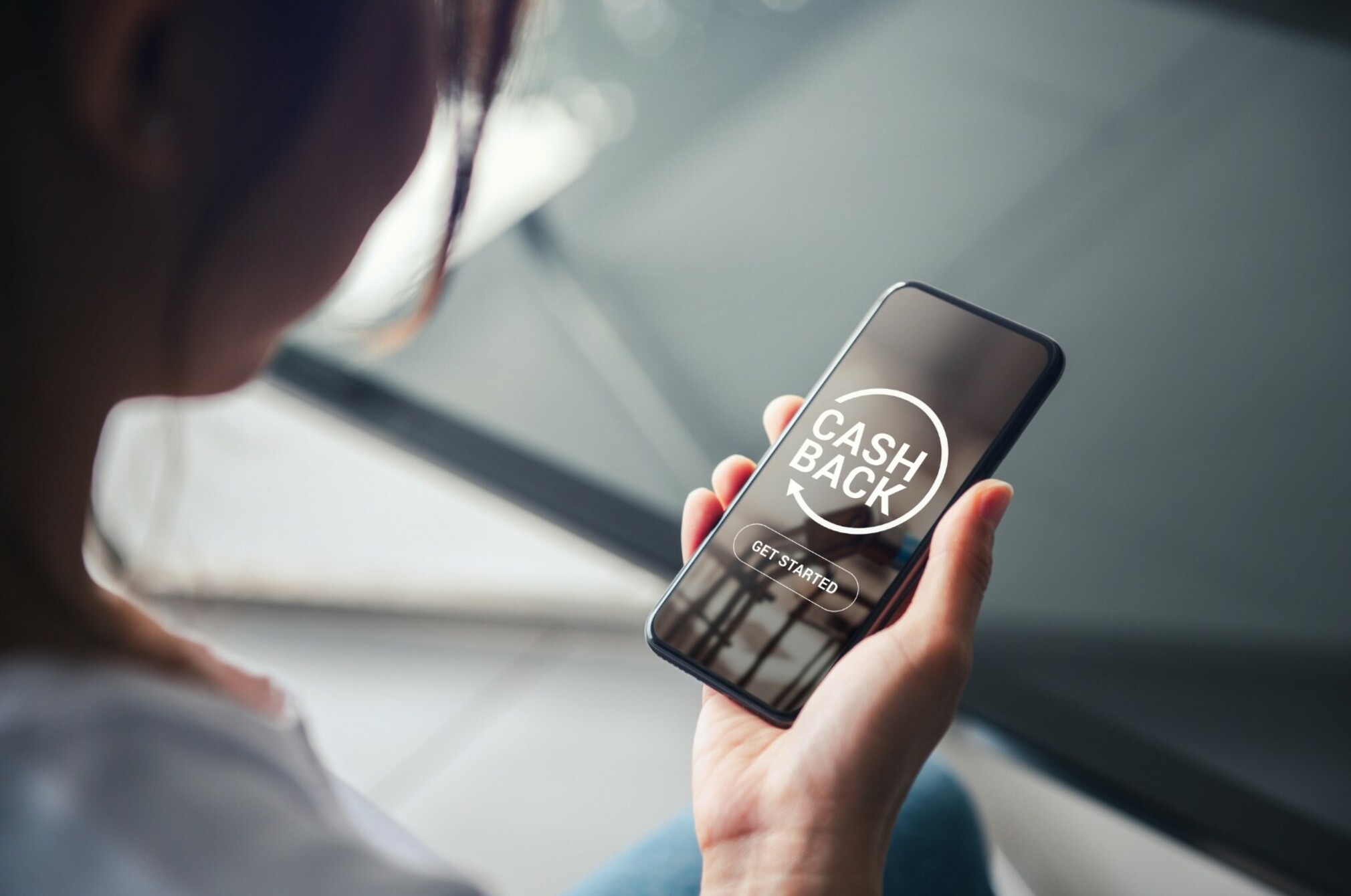Cashback websites – what you need to know

You may have seen them advertised and wondered if they’re too good to be true. Cashback websites such as Kiwi Wallet and Shopback promise to give you a percentage of your money back on online purchases.

The good news is they work.
Be careful though! The way cashback websites work can encourage us to spend more and miss out on better deals.
Here’s our guide to how cashback websites work and how to use them to benefit you.
How cashback websites work
Juanita Neville-Te Rito is the managing director and founder of retail consultancy RX Group, so she often talks to businesses about whether they should be on these cashback platforms.
“Cashback websites work by acting as a middleman between retailers and shoppers. When a customer clicks on a retailer’s link through a cashback platform like ShopBack, the retailer pays the cashback site a commission for generating that sale,” Juanita explained. “Instead of keeping the entire commission, the cashback site shares a portion of it with the customer as a cashback reward.”
A cashback offer encourages customers to choose one brand over another. “For example, if I need a new pair of running shoes and I haven’t decided if they’re going to be Adidas or Nike or whatever, the offer of cashback might help you in your decision-making process.”
Retailers like the model because it’s performance-based – they only pay when a sale happens. “It’s a cost-effective alternative to traditional digital advertising where they pay for clicks or impressions with no guarantees of conversion,” Juanita said.
Some cashback offers can seem very generous – such as a 50% cashback. Which might have you wondering what the catch is.

But Juanita says retailers makes these big offers for two reasons – driving immediate sales and acquiring new customers.
“It’s tough and it’s tight out there so they’re using it as an incentive to get people to shop with them sooner rather than later. It creates an urgency, that fear of missing out. For instance, if you’re thinking about buying groceries, a cashback might convince you to do your shop today rather than waiting until later in the week,” she said.
“Retailers also use cashback to attract new shoppers. They have targeting capabilities to allow brands to reach users who shop in a particular category but haven’t purchased from them before.”
Shopback users can also play games to earn rewards, which Juanita said was about keeping users engaged when they’re not shopping.
“There’s only so much people can spend, so by introducing games it creates a new way for users to engage with the platform even when they’re not shopping. If members are regularly using the app they’re also more likely to see and take advantage of cashback offers,” she said.
“I think it’s quite a clever tactic because as consumers we’re getting used to gamification of our shopping. Temu has probably set the standard in how you can use it to get people shopping more often.”
Juanita says being on cashback websites was a cost that retailers were willing to pay at the moment, but she’s interested to see what happens if the economy improves.
“A good comparison was when people started using buy now pay later and retailers had to have every buy now pay later option. There was a steep cost to that and then we saw consolidation occur, partly because it was an unsustainable cost proposition for the retailer,” says Juanita.
“I think we’ll probably see the survival of the fittest in this market. Over time when the world gets a little stronger economically that’s when retailers might start to say, ‘I don’t need to do this anymore’.”
What’s the downside of cashback websites?
Bodo Lang, a professor of marketing analytics at Massey University, said cashback websites were simply a digital version of a marketing technique that goes back to the 1880s.
“Getting something for free or getting something special tends to result in greater sales. These techniques still work extremely well in 2025,” Bodo says.
“Cashback providers have pros and cons. The two key advantages are the opportunity to save money, typically between 1% and 10% of the value of a product, and the relative ease of use of these websites. However, there are disadvantages too. For example, cashback payments can be delayed, and there may be privacy concerns about what cashback providers do with customer data.”
Bodo said some people could also get lured into a cycle of spending more to save more.
“At a broader level, cashback websites are also a sign of the times – how markets become less transparent, and consumers can get caught up in a web of marketing, particularly online, thus consuming more of their time with shopping.”
Instead of using cashback websites, he said consumers could try negotiating with retailers.
“Instead of going through a cashback provider, consumers can approach retailers directly and ask for an equivalent discount that they may have received through a cashback provider. This leaves the retailer better off because they did not have to provide the additional discount to the cashback provider,” Bodo says.
5 things to know about using cashback websites
It can take a long time to get your hands on the money
Don’t imagine your cashback coming straight back to your account once you’ve confirmed your order – sometimes it can take months before you can claim it. And it can be even longer if you're booking accommodation as you usually have to wait a few months after you’ve taken the trip.Offers can be capped
You might be excited to see a big cashback offer, only to find the amount you can get back is limited. For example, I’m looking at a 25% cashback offer at Dominos on Shopback’s website that’s capped at $10.You should really read the terms and conditions for each offer
No one wants to read the fine print, but it’s a good idea with cashback websites. There are often conditions that’ll mean you don’t get any cash back. For example, I can see Hello Fresh offering 100% cashback on Shopback, but in the fine print it says you can’t be renewing an old subscription.Remember to go back and check it’s been logged
You need to visit the cashback website and then click through to the store’s website for your purchase to be tracked. Make sure you get an email confirmation or go back to the cashback website to make sure it has been tracked in its system.Promo codes can void the cashback
Using a promo code when you’re on the retailer’s website can sometimes void the cashback. However, you might decide you’re better off using the promo than getting the cashback. Just don’t expect to be able to double up.
Our advice for using cashback websites
Be aware of how cashback websites are trying to encourage you to impulse spend. Don’t let the allure of saving a little make you spend more.
If you’re going to have an account with a cashback website, make sure you’re not just sticking to websites featured on the platform. It can be tempting to just keep using the online stores that offer cashback, but you might be missing out on better prices elsewhere.

Why join Consumer?
We’re the only New Zealand non-profit to independently put the products and services you want to buy to the test. But most of what we do is funded by our members, for our members. Becoming a member means you’ll have even more ways to get a fair deal, and choose with confidence.
Member comments
Get access to comment